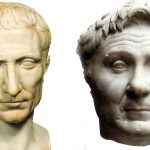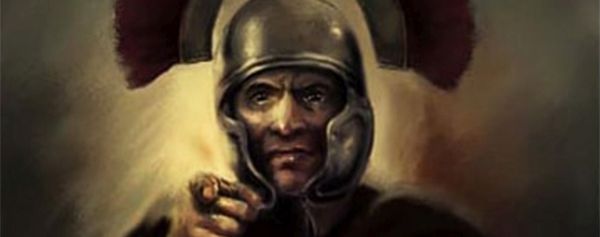When we think of the animals that have most influenced the fate of humanity, we likely first place horses – after all, it was on their backs that armies, rulers, and ultimately, multitudes of ordinary people traveled. Perhaps we would think of the dog – the first domesticated animal in history. But in these reflections, we often forget another, inconspicuous creature whose role was no less significant, or perhaps even more significant, than those mentioned above. Since its domestication in North Africa around 6000 BCE, the donkey has become the most important beast of burden in ancient history.
Donkey caravans, ranging from a few to several hundred animals, each carrying around 75 kg of all kinds of goods, from fabrics to precious metals (and, of course, supplies), traversed Egypt, Nubia, Mesopotamia, the Silk Road, and – of course – Greece and Rome. Only mules were more important – usually sterile crossbreeds of a donkey mare and a horse stallion. Both were valued for their endurance – they could march for two days without water at a pace of around 25 km per day, a feat utterly unattainable for pack oxen.
On the desert trails, the donkey was dethroned by the camel, domesticated over 2,000-3,000 years later in the Arabian Peninsula.
In addition, donkeys were also used in agriculture for pulling plows and for riding.
Donkeys and mules accompanied Roman legions in Germany and Gaul, carrying supplies, provisions, weapons, and sometimes even people – their remains, dating back to 160 AD, were found in the fort of Biriciana (in present-day Bavaria). They were also used in postal and courier services.
Breeding donkeys and mules was a lucrative business. Roman breeders ensured that breeding animals were large, had appropriate physical characteristics, and were of “good breed.” Mares aged four to ten typically gave birth to five offspring (they never worked while pregnant). These were weaned in their first year of life, and training for work began in their third year, including sending them to cold mountainous regions to harden them. Extra males were castrated to improve their calmness.
Despite their considerable importance, donkeys were often treated poorly, with contempt, as “worker animals,” in contrast to horses, who were “master animals.” Marks on their skeletons indicated that they had been exploited to the limits of their endurance, often collapsing from exhaustion. Mules—a donkey-horse hybrid—were considered somewhere between the two in the eyes of the ancients.







